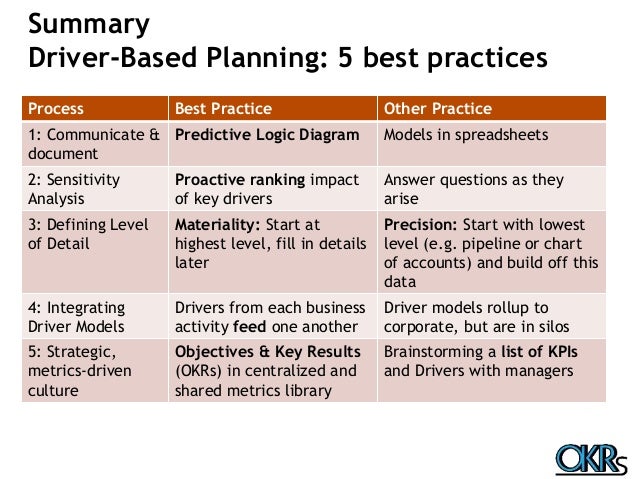Drivers Model Strategic Planning
Many executives see planning, and specifically strategic planning, as a highly challenging and complex activity. The Drivers Model provides an approach that is elegantly simple, yet robust and comprehensive enough to serve Fortune 500 companies, non-profit organizations, government agencies, field offices, individual departments, work teams, and more.


The World Of Magic Offline Apk Free Download. Three Phases for Strategic Planning Success With the guidance of a skilled facilitator, this powerful but easy-to-apply methodology will form a solid foundation for your strategic planning success. The three-phased proprietary process includes. Understanding the current situation is vital to identifying the approaches needed to drive success. A full understanding of the current situation includes an analysis of several areas. The list below shows a sample list of assessment areas and one or two of the key questions to be answered for each. City Of Birmingham Business License Fee. • Customers – What are their current and future needs? What are their perceptions of our performance?
Wilkinson, Michael, 1957. The executive guide to facilitating strategy: featuring the Drivers Model /. Michael Wilkinson. Includes bibliographical references and index. ISBN: 978-0-9722458-1-4. Strategic planning. Group facilitation. Communication in management. Title: Facilitating strategy. This book delivers the Drivers Model, a powerful tool to help you facilitate your organization through the development of a strategic plan from start to finish, whether you lead a corporation, government agency, non-profit organization, business unit, department, or team. The Drivers Model is a simple but. A picture of the “preferred future”; a statement that describes how the future will look if the organization fulfills its mission. To be the place where meeting planners meet. A statement of the overall purpose of an organization which describes what you do, for whom you do it and the benefit.
• Employees – What are their perceptions of our organization and how we can improve? Super Fdisk 1.0 Bootable Iso Download on this page. How can we make them more effective in their roles? • Industry trends – What have been recent shifts in the industry? What shifts are anticipated for the future?
• Competitors – How do we compare against our competitors? What are their recent and anticipated initiatives? • Performance trends – How are we performing by product, by market, by channel? • Recent goals and initiatives – How are we achieving against our plan? How successful have we been with recent initiatives?
• Organization profile – What are our strengths and areas for improvement with regard to our organization structure, processes, technology, culture, etc.? Often, planning teams summarize the current situation information into a SWOT: a summary of the organizations key strengths, weaknesses, opportunities and threats. The heart of strategic direction setting is this second step. In our Drivers Model, the information from the situation assessment is combined with the understanding of future trends to develop the vision statement and the mission statement. • Vision – the organization’s preferred picture of the future • Mission– the overall purpose of the organization (i.e., what the organization does, for whom it does it, and the benefit) of the strategic plan for a trade association of meeting planners.
While the mission speaks to “what they do, for whom, and the benefit,” the vision describes what the future will look like if the organization achieves its mission. The objectives establish the bar for the rest of the planning effort. All the strategies, action plans and investments should be focused on achieving one or more of the plan objectives.
Therefore, it is critical that you select the right objectives for measuring our success. Establishing objectives is perhaps the toughest work in planning.
The planning effort also includes establishing Guiding Principles – general guidelines that set the foundation for how the organization will operate. Guiding principles are more than just a statement of values. Guiding principles also describe the actions the organization will take based on the values How do we plan to get there? Once the objectives are established, the next step is to develop the road map for achieving the direction. For the road map to be viable, however, it must focus on three areas in particular. • The barriers to achieving the goals and objectives indicate those challenges which the organization must overcome to achieve its strategic direction.
Barriers answer the following questions: “Why haven’t we achieved our goals already? What is standing in our way?” • While barriers address the challenges, the critical success factors identify those key conditions that must be met to achieve the goals.